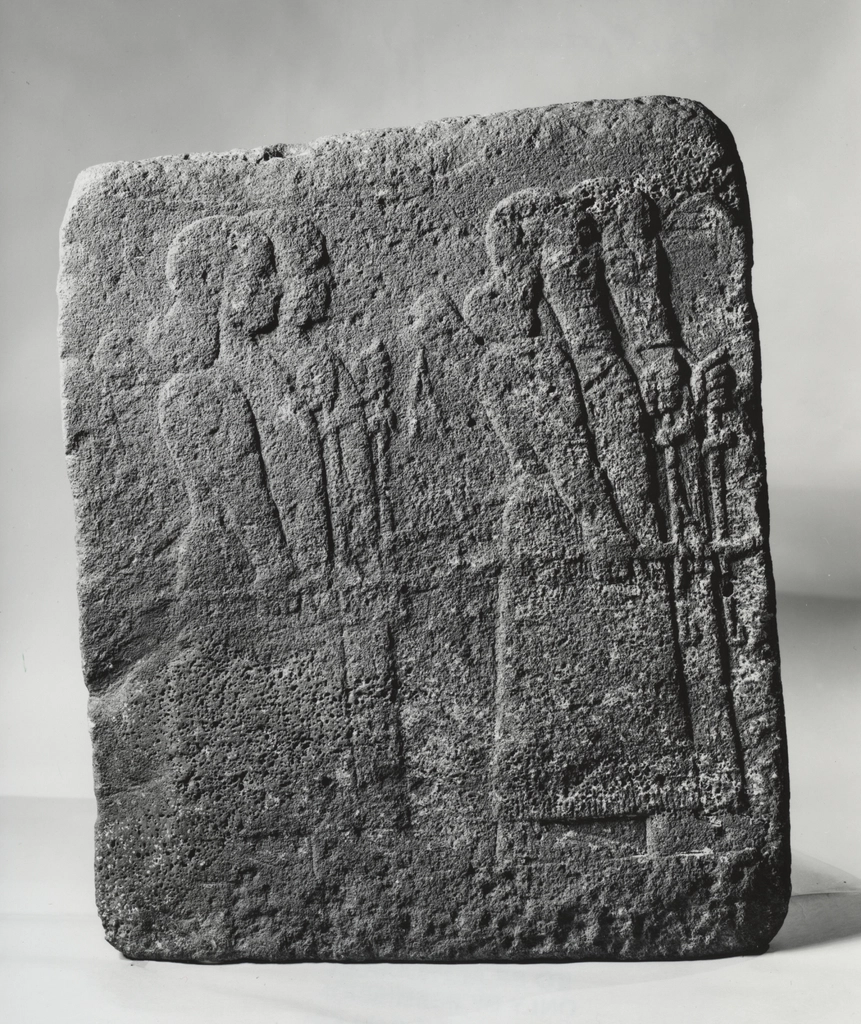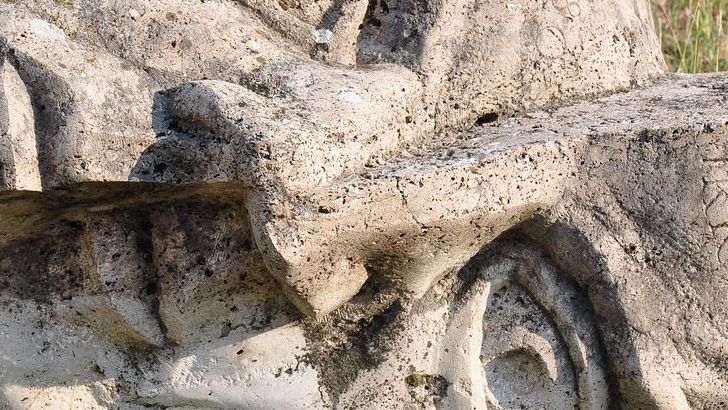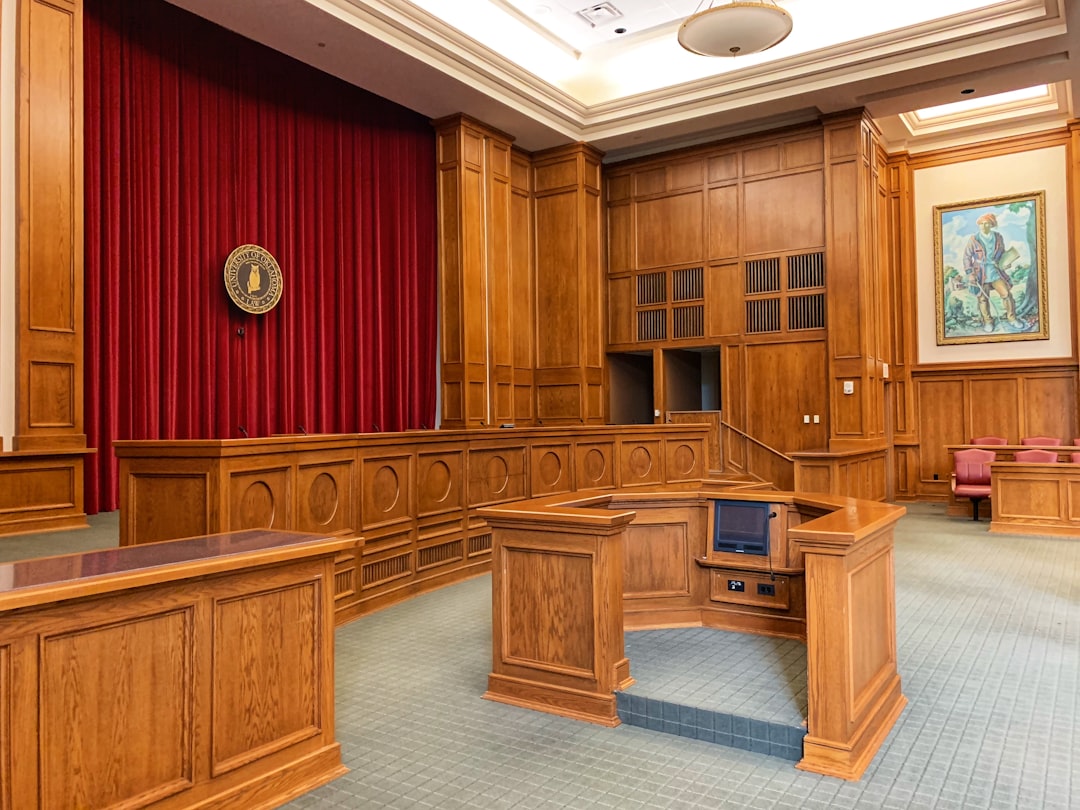The mystery surrounding the oldest tombstone in the United States has captivated historians and archaeologists for decades. This tombstone, which dates back to the early 17th century, is located in the historic burial ground of the Old Burying Ground in Cambridge, Massachusetts. Recent archaeological efforts have shed light on the origins of this significant artifact, revealing insights into early colonial life and the individuals who lived during that time.
The Historical Significance of the Tombstone
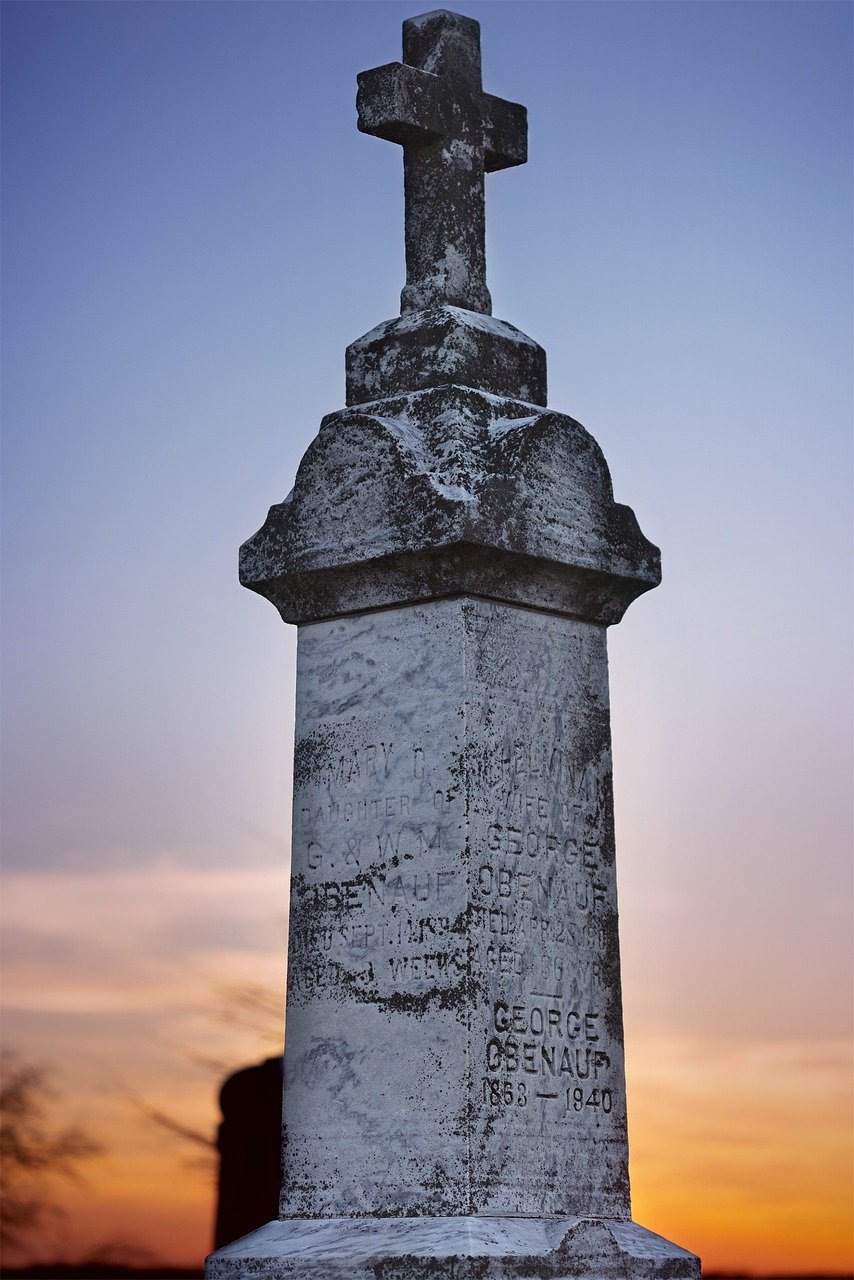
The oldest tombstone in the United States is believed to belong to a man named Joseph Trowbridge, who died in 1638. This makes it one of the earliest examples of grave markers in the country. The stone itself is made of slate and features intricate carvings that reflect the artistic styles of the period. The significance of this tombstone lies not only in its age but also in what it represents about the early settlers in New England. The craftsmanship and the inscriptions on the tombstone offer a glimpse into the lives and beliefs of those who settled in America during the 17th century. It stands as a testament to the enduring legacy of those early settlers and their contributions to the formation of what would become the United States.
Archaeological Discoveries
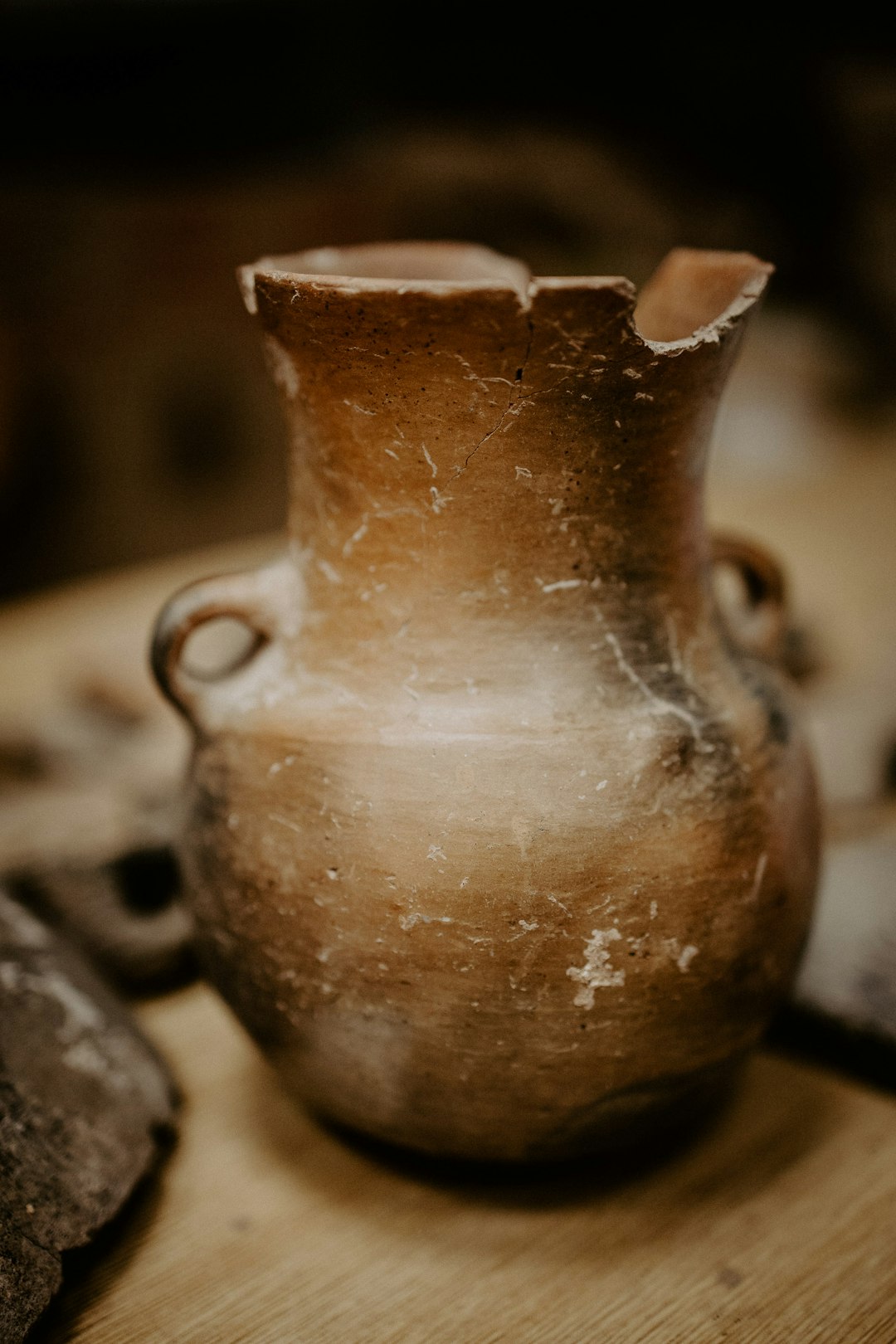
Recent archaeological excavations around the tombstone have uncovered a trove of artifacts that provide context to Joseph Trowbridge’s life. Among the findings are pottery shards, tools, and personal items that paint a vivid picture of daily life in the early 1600s. These discoveries suggest that Trowbridge was not only a settler but also a skilled craftsman who played a significant role in the burgeoning community. The artifacts reveal details about the materials and techniques used during that era, offering valuable insights into the economic and social dynamics of the time. Such discoveries are crucial for understanding the resourcefulness and adaptability of early settlers who laid the foundations for future generations.
The Process of Dating the Tombstone
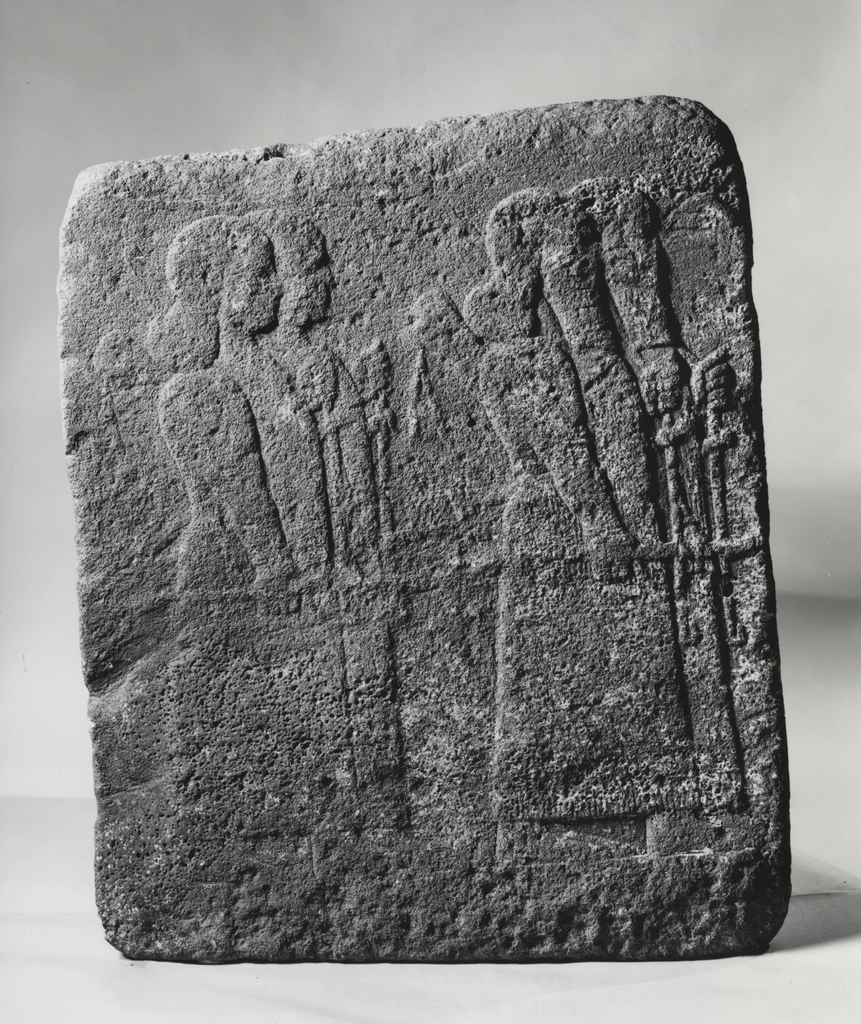
Determining the age of the tombstone involved a meticulous blend of historical research and scientific methods. Archaeologists employed dendrochronology, the study of tree rings, to date the wood used in the construction of the tombstone. Additionally, radiocarbon dating of organic materials found at the burial site helped confirm the timeline of the tombstone’s creation. These sophisticated techniques not only provided a precise age for the tombstone but also corroborated historical records. By cross-referencing these methods, researchers were able to build a comprehensive timeline that adds credibility to the narrative surrounding Joseph Trowbridge and the early settlers of New England.
The Role of Technology in Archaeology
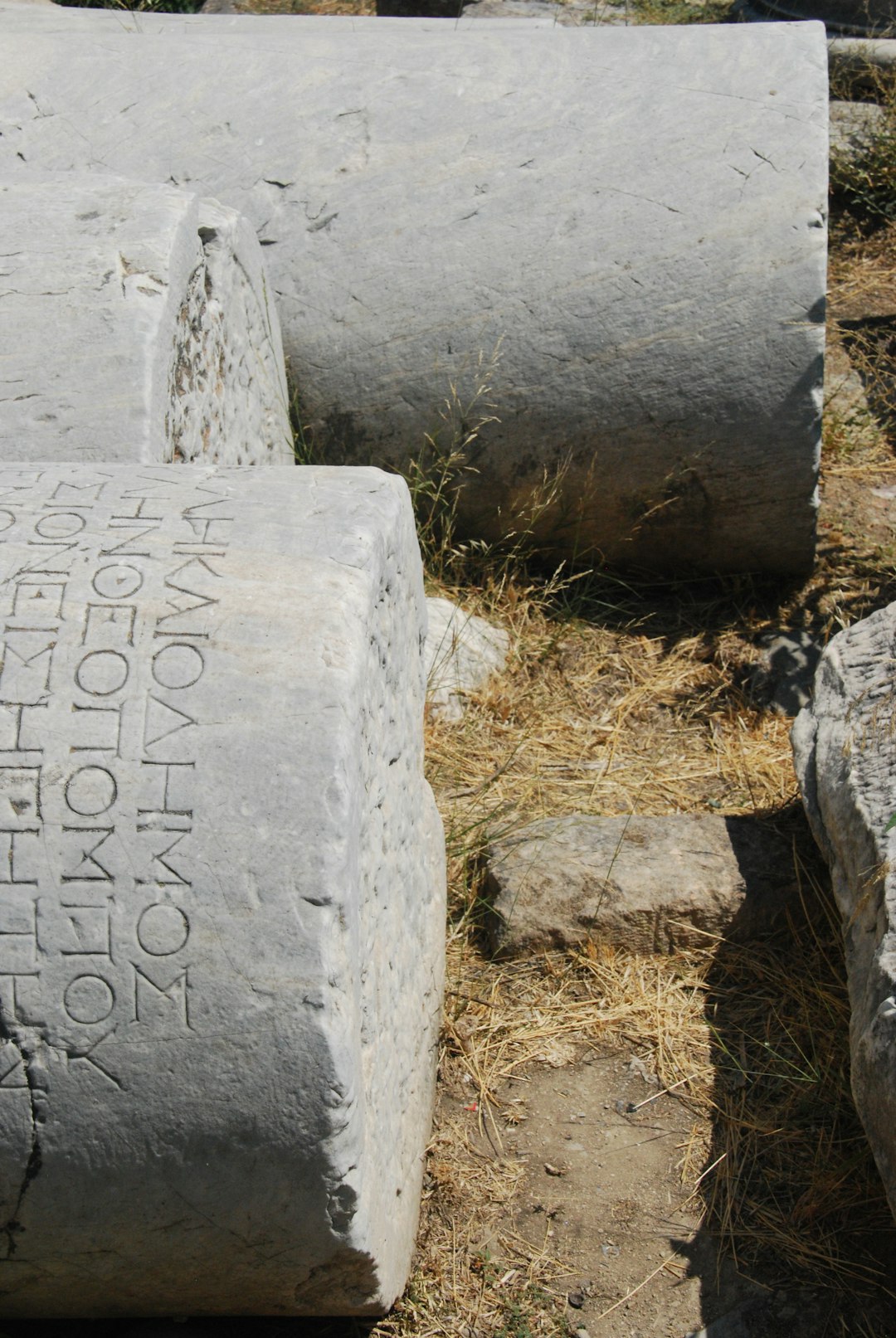
Modern technology has played an indispensable role in uncovering the secrets of the oldest tombstone. Ground-penetrating radar (GPR) was employed to map the burial site without disturbing the ground. This non-invasive technique allowed archaeologists to identify other potential graves and artifacts in the vicinity, leading to a more comprehensive understanding of the burial practices of the time. The use of GPR and other advanced technologies has revolutionized archaeological research, enabling scientists to explore historical sites with precision and care. These tools have become invaluable in preserving the integrity of sensitive sites while providing crucial data that can reshape our understanding of history.
Cultural Context of the Tombstone

The tombstone of Joseph Trowbridge provides valuable insights into the cultural practices of early New England settlers. The carvings on the stone reflect the Puritan beliefs prevalent at the time, emphasizing themes of mortality and the afterlife. Such motifs were indicative of the settlers’ religious convictions and their views on life and death. Understanding these cultural contexts helps historians piece together the social fabric of early colonial life. The tombstone serves as a cultural artifact that encapsulates the values, fears, and hopes of a society striving to establish itself in a new and challenging environment.
Preservation Efforts

Given the historical significance of the oldest tombstone, preservation efforts are underway to ensure its longevity for future generations. Conservation specialists are working diligently to protect the stone from environmental factors and human interference. These efforts include regular maintenance, monitoring for signs of deterioration, and public education about the importance of preserving historical artifacts. Such initiatives are crucial in safeguarding our cultural heritage, allowing future generations to appreciate and learn from the past. The preservation of the tombstone is not just about maintaining a physical object but also about preserving the stories and lessons it embodies.
Community Engagement and Education

The discovery and ongoing research surrounding the oldest tombstone have sparked a wave of interest within the local community. Educational programs and public lectures are being organized to share findings with residents and visitors. This engagement fosters a deeper appreciation for local history and encourages community involvement in preservation efforts. By involving the community, archaeologists and historians are not only disseminating knowledge but also inspiring a new generation to take an active interest in their heritage. Such initiatives help cultivate a sense of pride and responsibility, ensuring that the legacy of the past is cherished and protected.
The Broader Implications of the Discovery
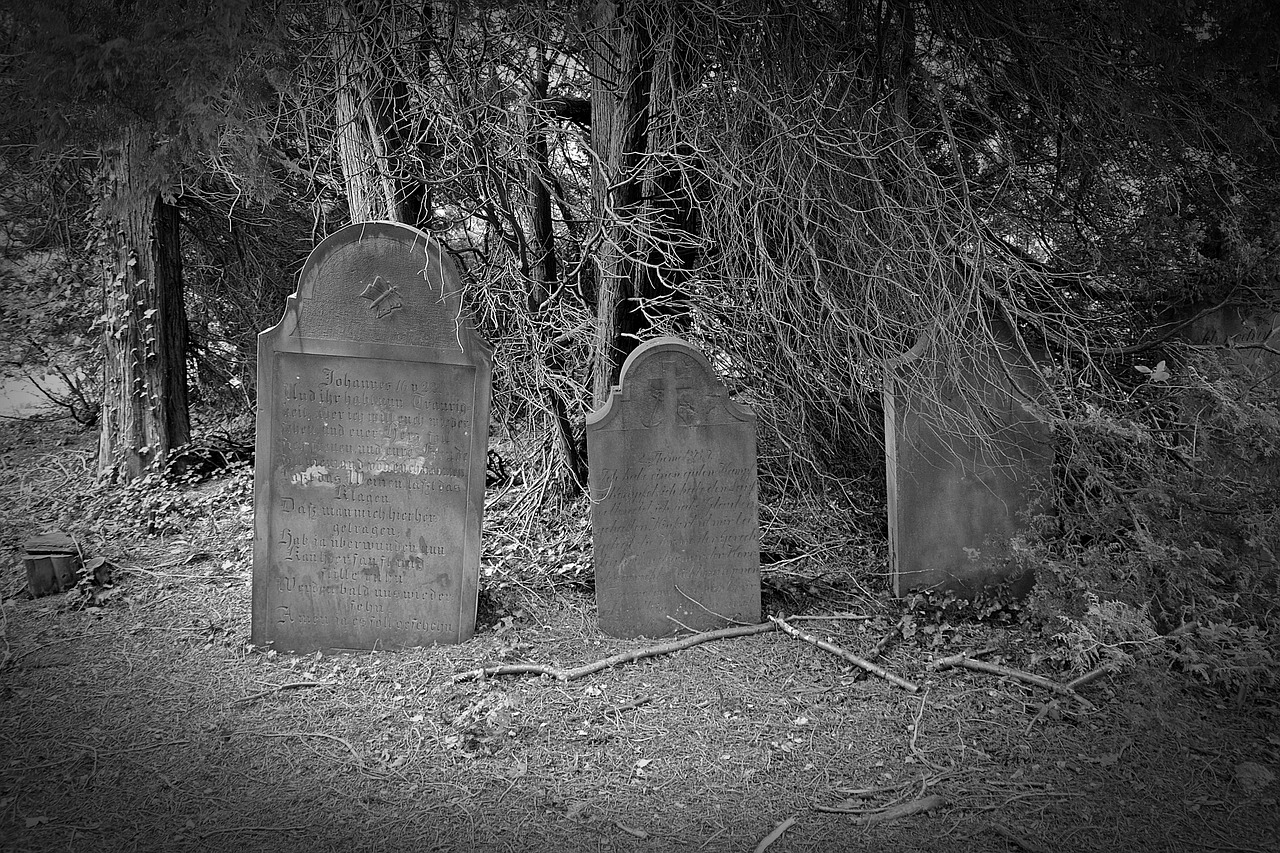
The revelations surrounding the oldest tombstone have broader implications for our understanding of early American history. They provide a tangible link to the past, offering insights into the lives, beliefs, and challenges faced by the first settlers. This discovery underscores the importance of archaeological research in uncovering hidden aspects of history that may not be documented in written records. It highlights the need for continued exploration and study to fill in the gaps of our historical narrative. The tombstone serves as a reminder of the resilience and determination of those who came before us, laying the foundation for the diverse and dynamic nation we know today.
The Future of Archaeological Research
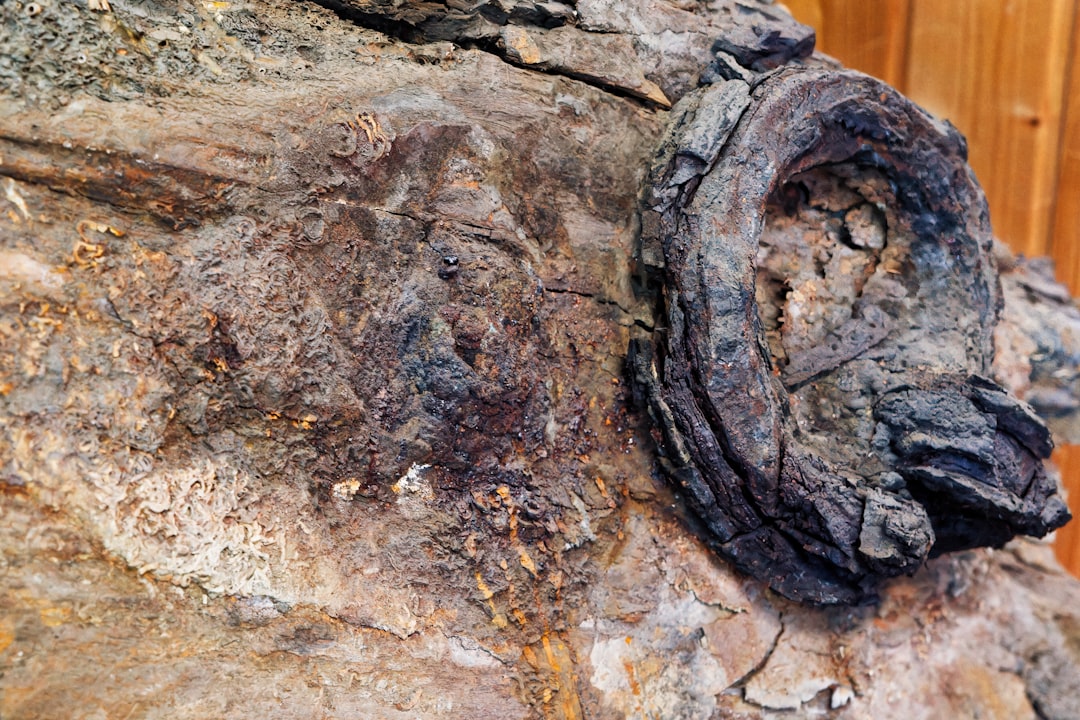
The successful unraveling of the mystery behind the oldest tombstone sets a promising precedent for future archaeological research. It demonstrates the power of combining traditional methods with cutting-edge technology to uncover the secrets of the past. As technology continues to advance, archaeologists will have even more tools at their disposal to explore historical sites and artifacts. The ongoing study of the tombstone serves as an inspiration for researchers worldwide, encouraging them to pursue innovative approaches in their quest to uncover the mysteries of history. The future of archaeology holds immense potential, promising new discoveries and insights that will enrich our understanding of the human story.
The mystery of the oldest tombstone in the United States has been a fascinating journey for archaeologists and historians alike. Through diligent research and modern technology, they have uncovered valuable insights into the life of Joseph Trowbridge and the early settlers of New England. As preservation efforts continue, this tombstone will remain a vital link to our past, reminding us of the lives that shaped the nation.

